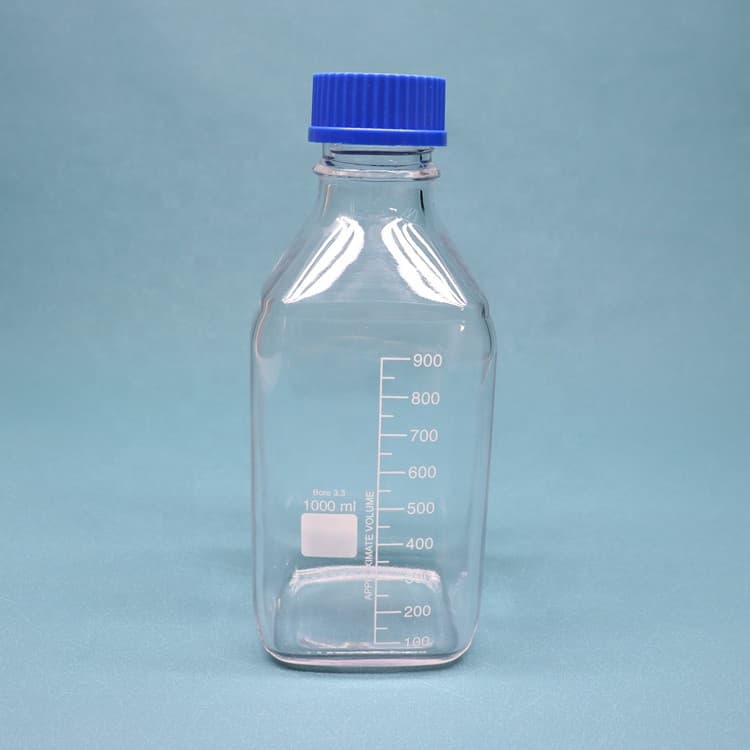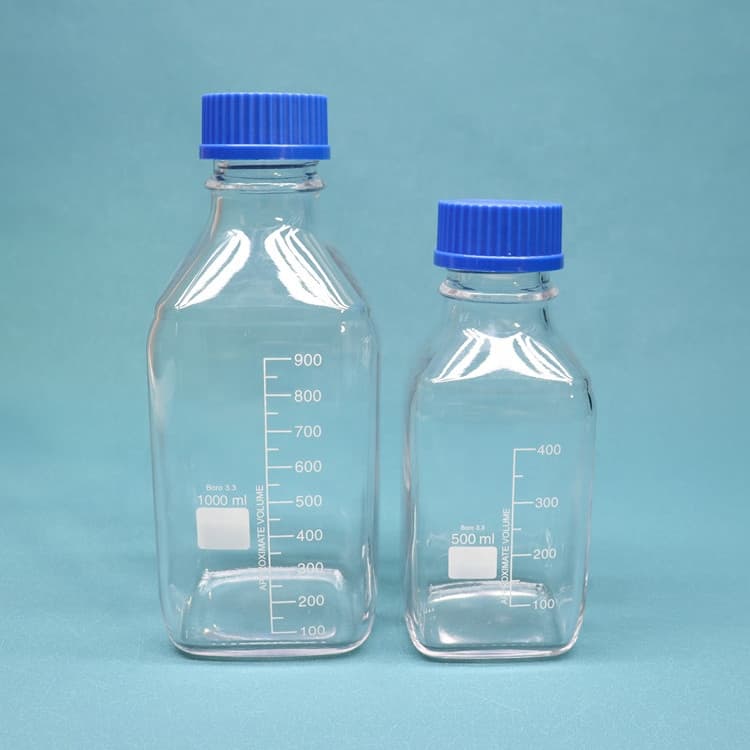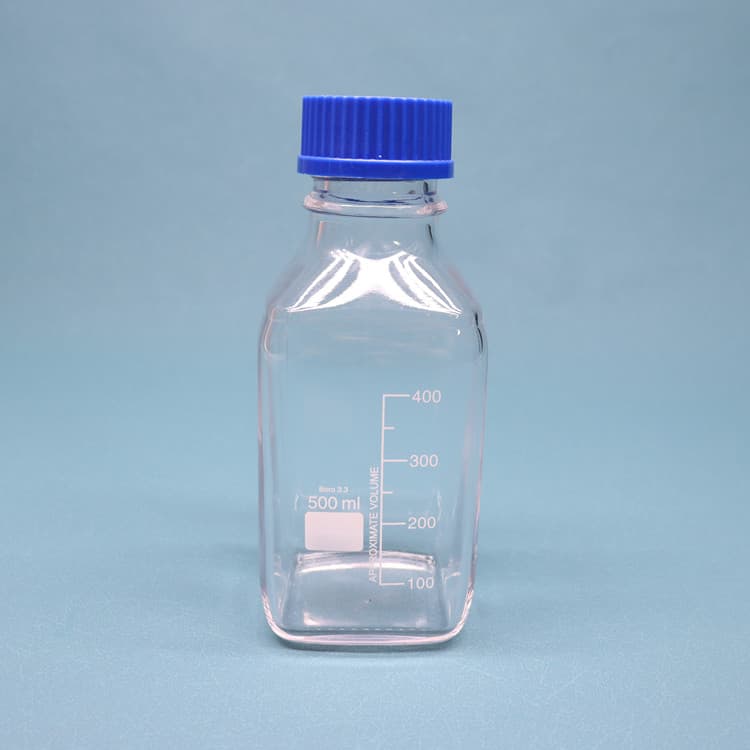



estimator for the true analyte amount in the population (that is, the amount of analyte in the original sample). The amount of analyte as a function of time can be expressed as: C(t) = KC 0 F(t); where C 0 is the amount of analyte in the test sample, F(t) is the shape of the chromatographic peak (amplitude versus time), and K is a calibration
Mass spectrometry. Mass spectrometry ( MS) is an analytical technique that is used to measure the mass-to-charge ratio of ions. The results are presented as a mass spectrum, a plot of intensity as a function of the mass-to-charge ratio. Mass spectrometry is used in many different fields and is applied to pure samples as well as complex mixtures
The septum forms a barrier between your sample analyte in the vial and the outside atmosphere. This barrier protects your sample from external contamination while allowing a needle (from a manual or automatic syringe) to enter the vial, and extract the sample for the next stage of separation.
May 1, 2000 · The molar mass distribution of oligomeric fraction has examined by gas chromatography-mass spectrometry showed that the mass distribution was shifted towards the most volatile ones [17, 18, 19,20
METHOD 8270E SEMIVOLATILE ORGANIC COMPOUNDS BY GAS CHROMATOGRAPHY/MASS SPECTROMETRY Table of Contents 1.0 SCOPE AND APPLICATION 2 2.0 SUMMARY OF METHOD 11 3.0 DEFINITIONS 11 4.0 INTERFERENCES 11 5.0 SAFETY 12 6.0 EQUIPMENT AND SUPPLIES 12 7.0 REAGENTS AND STANDARDS 14 8.0 SAMPLE COLLECTION, PRESERVATION, AND STORAGE 17 9.0 QUALITY CONTROL 17 10.0 CALIBRATION AND STANDARDIZATION 21 11.0
Jun 29, 2015 · In tandem mass spectrometry (MS/MS), ions generated by ESI can be selected in the first stage of MS to collide with molecules of an inert collision gas . 10 This step is very fast (between 10 −14 to 10 −16 s) and leads to an increase in the ion's internal energy, promoting it to an excited state. 11 Immediately after the ion excitation, the
Jul 3, 2020 · 1. Introduction. Liquid chromatography-mass spectrometry techniques figure among the most powerful and useful analytical instruments for quantification of organic components in complex mixtures in environmental studies [], food quality and composition research [], and bioanalytical and pharmaceutical fields [3,4].
Jun 26, 2019 · Add stock standard to sample so the volume change is less than 5%. In the absence of information on analyte levels in the sample, prepare known additions at around 50 µg/L “50 ppb” or lower. If analyte concentration levels are known, add at 50–200% of the sample levels. For samples undergoing digestion, make additions before digestion.
Jan 1, 2020 · Abstract. Mass Spectrometry (MS) has become the major analytical technology, with the biggest market share and the fastest growth rate as it offers important advantages, that is, sensitivity and specificity of detection, analyte structural information and (potentially) unambiguous detection, and quantitation of analytes.
Mass spectrometry is an analytical method useful for calculating the mass-to-charge ratio ( m / z) of one or more molecules in the sample. Such measurements may also often be used to determine the precise molecular weight of the sample components. Mass spectrometry is an analytical method to find the molecular mass of a compound and indirectly
Native mass spectrometry (MS) involves the analysis and characterization of macromolecules, predominantly intact proteins and protein complexes, whereby as much as possible the native structural features of the analytes are retained. As such, native MS enables the study of secondary, tertiary, and even quaternary structure of proteins and other biomolecules. Native MS represents a relatively
Aug 31, 2016 · A review about detectors used in current mass spectrometry was published elsewhere (Koppenaal et al. 2005). 1.2 Tandem Mass Spectrometry. Tandem mass spectrometry , also called MS/MS or MS 2, describes sequential mass analyses performed on the same population of ions, often following a gas-phase fragmentation event. The fragmentation of gas
May 1, 2019 · Section snippets Chemicals and reagents. Acetone, acetonitrile (AcN) and n-hexane were analytical-grade and provided by J.T. Baker (Deventer, The Netherlands).A Milli-Q water purification system from Milipore (Billerica, MA, USA) was used to provide ultrapure water which was cooled to a temperature of about 4 °C.
Abstract. In this paper, gas chromatography–mass spectrometry (GC–MS) and positron annihilation lifetime spectroscopy (PALS) were used to probe the changes of oligomers and the polydimethylsiloxane (PDMS) network in silicone rubber, after different durations of UVA/UVB irradiation. At the early stage (<300 h) of UVA/UVB irradiation, the
Abstract The vials used for the preparation of breath samples for automated solid-phase microextraction–gas chromatography–mass spectrometry analysis are crimped with septa. These septa often emit specific volatile organic compounds (VOCs) confounding the measurement results of breath samples.